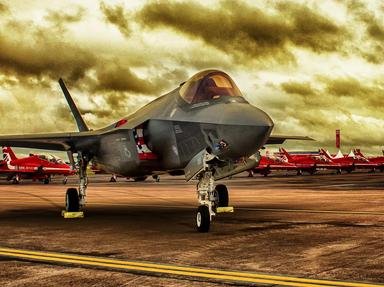Quiz Answer Key and Fun Facts
1. In November 1970, the aircraft carrier HMS Ark Royal was deployed to the Mediterranean when it collided with a ship from the Soviet Navy. What class of vessel was the Soviet ship?
2. During its service through the 1960s and 70s, 809 Naval Air Squadron operated which type of aircraft?
3. As part of the wider European military alliance, in 1971, 809 Naval Air Squadron temporarily found itself sharing its home base with aircraft operated by which of its NATO partners?
4. In 1971, HMS Ark Royal participated in a major exercise aimed at testing the response to a Soviet invasion of Norway. As part of this, Ark Royal operated alongside which US Navy aircraft carrier?
5. During the early 1970s, the UK's aircraft carrier capability was slowly run down, leaving HMS Ark Royal as the sole remaining strike carrier in British service. What was the name of her sister ship, which was decommissioned in 1972?
6. In early 1972, HMS Ark Royal was ordered to investigate the possibility of getting aircraft to overfly British Honduras, a British overseas possession in Central America, which was under threat of potential invasion from which country?
7. During its transit to British Honduras, HMS Ark Royal had to dispatch an aircraft to collect intelligence reports. From which British territory was this done?
8. As part of the coordinated effort to get a pair of 809 Naval Air Squadron aircraft to and from British Honduras, which British frigate stationed in the Caribbean provided rescue cover?
9. During the return of the two 809 Naval Air Squadron aircraft to Ark Royal, they were intercepted while passing through the United States' southern air defence zone by aircraft operated by the US Air National Guard. What type of aircraft made the interception?
10. In 1978, HMS Ark Royal was finally decommissioned and, two years later, departed on her final journey for scrapping. At which Scottish port was the ship broken up?
Source: Author
Red_John
This quiz was reviewed by FunTrivia editor
trident before going online.
Any errors found in FunTrivia content are routinely corrected through our feedback system.
